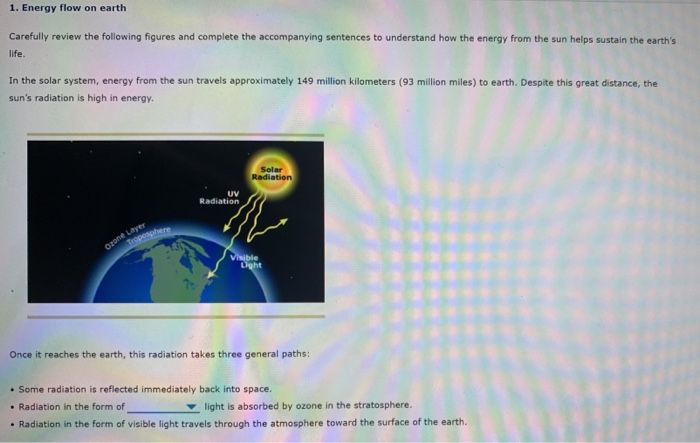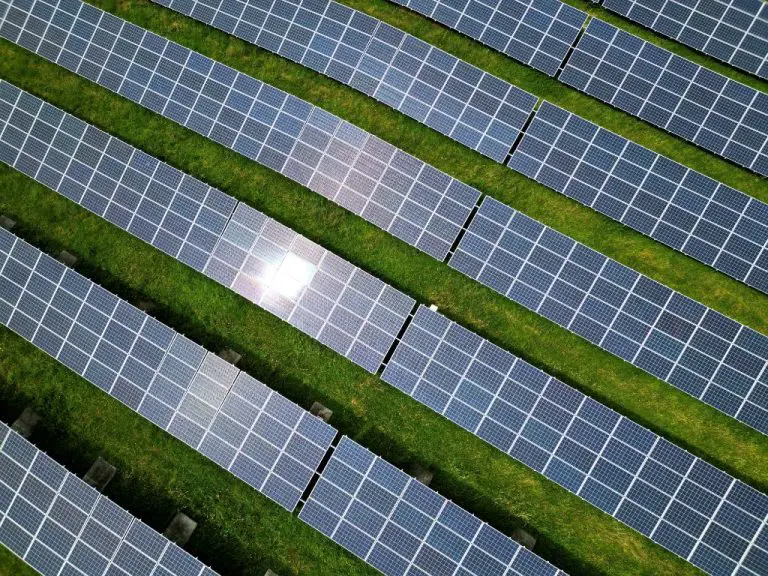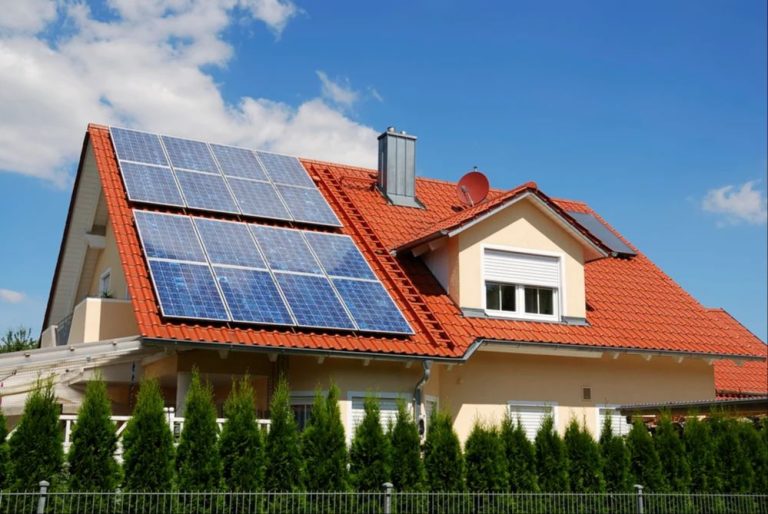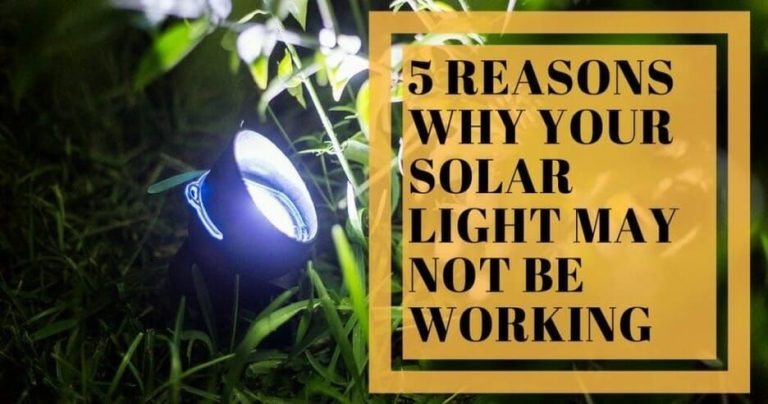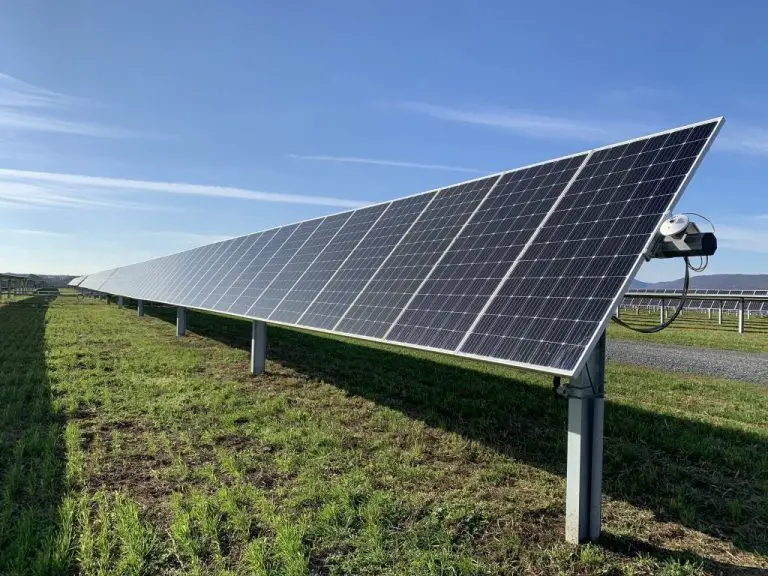What Are Light Reactions Driven By?
Photosynthesis is the process plants and other organisms use to convert light energy from the sun into chemical energy in the form of carbohydrates. This chemical energy is stored and later used as fuel for cellular processes. Photosynthesis is comprised of two main stages: light reactions and dark reactions.
Light reactions occur in the thylakoid membranes within chloroplasts. This is where light energy is initially converted into chemical energy. Light reactions use solar energy to produce ATP and NADPH, which drive the dark reactions and fuel Calvin cycle reactions. By harnessing light energy, plants are able to produce carbohydrates from carbon dioxide and water through photosynthesis.
Light Energy Absorption
The light reactions of photosynthesis begin when light energy is absorbed by chlorophyll and other photosynthetic pigments in the thylakoid membranes of chloroplasts. Chlorophylls are green pigments that can absorb light energy from visible wavelengths of violet, blue, orange, and red light. Accessory pigments like carotenoids can absorb light energy that chlorophyll cannot. When a pigment absorbs light, an electron in the pigment molecule gains energy and moves to a higher energy level. The energy from light excites electrons in the pigments into a higher energy state.
Photolysis of Water
Photolysis of water is the process by which water molecules are split to release electrons, protons, and oxygen. This occurs in Photosystem II of the thylakoid membrane inside chloroplasts. When a photon of light hits the reaction center chlorophyll of Photosystem II, it excites an electron, providing enough energy to break the bonds between the hydrogen and oxygen atoms of a water molecule. The electron is ejected and captured by an electron acceptor, while the protons (hydrogen ions) diffuse into the thylakoid lumen. The oxygen atoms combine to form molecular oxygen, which is released as a waste product. Overall, photolysis splits two molecules of water to obtain 4 protons, 4 electrons, and one molecule of oxygen. The electrons help drive the electron transport chain, while the protons contribute to the proton gradient used to make ATP.
Electron Transport Chain
The electron transport chain is a series of proteins that shuttle electrons from one to the next, ultimately resulting in the reduction of NADP+ to NADPH. The electron transport chain is located in the thylakoid membrane of the chloroplast. As electrons move from one protein complex to the next, they lose energy. This energy is used to pump hydrogen ions (H+) across the thylakoid membrane into the thylakoid space, creating an electrochemical gradient.
There are four major protein complexes in the electron transport chain:
- Photosystem II
- Cytochrome complex
- Photosystem I
- NADP+ reductase
Each protein complex has a special chlorophyll molecule that can absorb light energy. This excites electrons to a higher energy state. The excited electrons are passed from one complex to the next. As the electrons move down the transport chain, energy is captured to pump H+ ions into the thylakoid space. This creates the proton gradient that will drive ATP synthase later in the light reactions.
Proton Gradient
As electrons move down the electron transport chain, energy from the electrons is used to pump hydrogen ions (H+) from the stroma into the thylakoid space. This creates a concentration gradient of H+ across the thylakoid membrane, with a higher concentration in the thylakoid space compared to the stroma. The transport of H+ across the membrane results in both a pH gradient (more acidic in the thylakoid space) and an electrical gradient (positive outside, negative inside), collectively referred to as the proton gradient.
This proton gradient serves two main purposes in the light reactions. First, the gradient provides a potential energy source that can be tapped to make ATP. H+ will naturally flow down their concentration gradient through special channels, and this flow of protons can provide the power to phosphorylate ADP. Secondly, the proton gradient is required to provide activation energy for key enzymatic reactions in the Calvin cycle, which takes place in the stroma following the light reactions.
ATP Synthase
ATP synthase is an enzyme that harnesses the proton gradient across the thylakoid membrane to synthesize ATP. As protons flow down their concentration gradient through ATP synthase, the enzyme rotates and phosphorylation of ADP occurs, producing ATP. Specifically, the flow of protons causes a portion of ATP synthase called the gamma subunit to spin. This rotation catalyzes the reaction between ADP and inorganic phosphate to form ATP. The number of protons required to pass through the enzyme to make one molecule of ATP varies between organisms, but in chloroplasts it is estimated to be around 3 to 4 protons per ATP. Overall, the proton gradient generated by the electron transport chain provides the power for ATP synthase to drive ATP production. This elegant chemiosmotic process efficiently couples the proton gradient to ATP synthesis.
NADP+ Reduction
NADP+ is reduced to NADPH during the light reactions using electrons from the electron transport chain. NADP+ is the oxidized form of the electron carrier NADPH. When NADP+ accepts electrons, it gets reduced to NADPH, which is the reduced form.
The enzyme ferredoxin-NADP+ reductase catalyzes this reduction reaction. It transfers electrons from the electron transport chain to NADP+, reducing it to NADPH. Ferredoxin is an electron carrier that accepts electrons from photosystem I and passes them to the reductase enzyme.
NADPH is an important product of the light reactions that provides reducing power for biosynthetic reactions in the Calvin cycle. The light reactions harness light energy to produce ATP for chemical energy and NADPH for reducing power that drives carbon fixation and glucose synthesis.
Cyclic Photophosphorylation
Cyclic photophosphorylation occurs when the cell has sufficient NADPH but still needs more ATP. In this case, electrons from photosystem I are recycled and there is no net production of NADPH. The electrons follow a cyclic path through an electron transport chain that involves only photosystem I. The electron transport powers the translocation of protons across the thylakoid membrane, generating a proton gradient. This proton gradient then drives the synthesis of ATP via ATP synthase, as in noncyclic photophosphorylation. However, since no electrons are passed to NADP+ reductase, no NADPH is generated from this process. Cyclic photophosphorylation is used to generate extra ATP required for the Calvin cycle reactions.
Products Summary
The light reactions ultimately produce three main products that are vital for the subsequent Calvin cycle reactions: ATP, NADPH, and oxygen.
ATP is the main energy currency molecule used by cells and is generated by the flow of protons down their electrochemical gradient through ATP synthase, catalyzing the production of ATP. The creation of a proton gradient across the thylakoid membrane drives this chemiosmotic phosphorylation.
NADPH provides the electrons and reducing power needed to convert CO2 into sugars in the Calvin cycle. It is generated by the final electron acceptor of the electron transport chain, NADP+ reductase, which uses the energy from the electron transport chain to reduce NADP+ into NADPH.
Molecular oxygen (O2) is produced as a byproduct from the photolysis or splitting of water. The electrons extracted from water are used to replace electrons lost from chlorophyll as they are energized and passed down the electron transport chain, while the protons contribute to the proton gradient.
Therefore, the light reactions harness light energy to generate ATP for chemical energy and NADPH for electrons and reduction potential, while releasing oxygen as a byproduct – all critical products for carbon fixation and glucose synthesis in the Calvin cycle.
Conclusion
In summary, the light reactions capture energy from sunlight to produce chemical energy in the form of ATP and NADPH. This energy will be used in the Calvin cycle reactions of photosynthesis. The light reactions begin when pigments like chlorophyll in Photosystem II absorb light energy, boosting electrons to a higher energy level. These energized electrons are passed along an electron transport chain, which pumps protons across a membrane to generate an electrochemical gradient. The protons flow back through ATP synthase, powering the production of ATP. Electrons that reach Photosystem I energize additional electrons that are captured by NADP+ to produce NADPH. The ATP and NADPH generated by the light reactions provide the energy and electrons the Calvin cycle needs to build carbohydrates from CO2.
So in summary, light energy is captured and converted into chemical energy carriers during the light reactions. This chemical energy will then fuel the Calvin cycle’s biosynthesis of sugars. The light reactions are driven by the absorption of light energy by pigments like chlorophyll, resulting in ATP and NADPH production.


